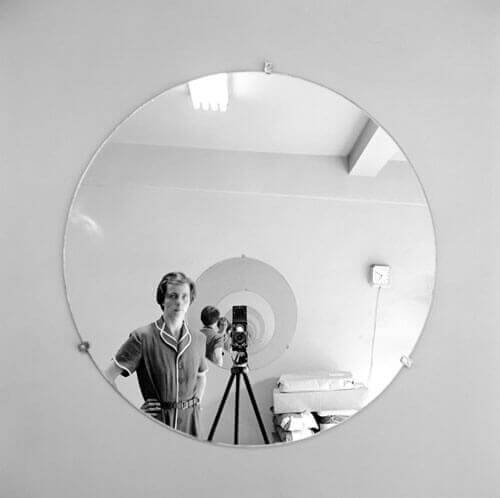Vivian Maier never sought fame or fortune during her lifetime and according to the story that unfolds in the documentary Finding Vivian Maier, she most likely would not have been pleased with the public exposure her work has received following her death. Maier was a nanny who shot hundreds of thousands of photos during the 1950s and 1960s, photos that beautifully and eloquently captured people simply being themselves. Some of her subjects had no idea she was pointing her camera their direction, while others willingly posed. But what did it all mean? What pushed Maier into not only capturing strangers on film, but into keeping all of those images to herself? This documentary doesn’t provide a definitive answer as to Maier’s motivations nor does it answer the question of how she would have reacted to public exhibitions of her street photography. Yet even without supplying the answers, Finding Vivian Maier lays out a compelling, conversation-provoking story of an artistic genius who went to her grave unaware of just how relevant and meaningful her photographs were or the impact her work would have on the world of photography.
Finding Vivian Maier co-director John Maloof is the man responsible for revealing Maier’s work to the public. Maloof purchased boxes of her negatives and rolls of film from an auction house in 2007 while he was working on a book project. He had no idea who this woman was who left behind hundreds of thousands of negatives (and over 100,000 shots on rolls she never developed), and what started as research into a book turned into a quest to discover everything he could about Vivian Maier, her personal life, and what drove her to take photographs she kept to herself.
The documentary begins with people who knew Vivian summing up their thoughts on the woman behind the camera in one word. Bold, eccentric, and private are labels used to describe Maier, and many of those interviewed expressed their thoughts on how she would respond to all of this attention. Photography was her personal passion and few people who were familiar with Vivian believed she would have supported the release of her photos to the world, let alone supported a documentary spotlighting her private life.
Over the course of researching Maier, Maloof and co-director Charlie Siskel interviewed the families she worked for over the years as well as other friends and acquaintances. Not everything the filmmakers discovered painted Maier in a positive light, and some of the interviewees even talked of how she treated kids in her care poorly in her later years as a nanny. Still, even with interviews of people who should have been able to provide the best insight into who Maier actually was, Finding Vivian Maier only skims the surface.
This posthumous examination of Vivian’s life leaves a great many questions unanswered, confounding the audience and leaving us to wonder whether it’s more important to celebrate the lift of a great artist by presenting her story to the world or to allow a woman who held fiercely to her privacy to remain an enigma in death. Printing her negatives and displaying her work in galleries is one thing, but producing a documentary about her life could be considered an invasion of her privacy. Should the art be separated from its creator? In this case, that’s a fair question and one that also raises the issue of whether the documentary is merely a tool to help promote the sell of prints. Because Maloof owns her photos, he will benefit financially from having her profile raised via this documentary. However, it’s obvious Maloof is truly obsessed with Maier’s life and his passion for her incredible work compelled him to dig deep and to share her captivating story.
Finding Vivian Maier is an intimate, intense, and riveting documentary about a complex woman whose singular vision behind the lens of a camera has earned her worldwide recognition as one of the best photographers of the 20th century.
GRADE: B+
Follow Us On:


 Stumble It!
Stumble It! 




